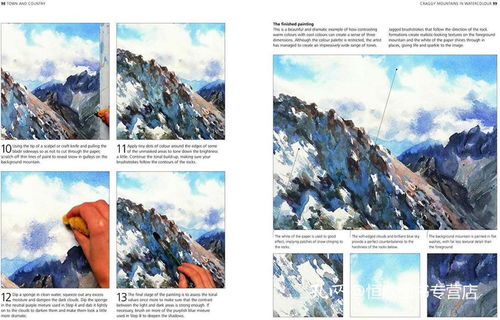Content:
Rainy days often deter many anglers from venturing out to fish, but for those who know the tricks, the rainy weather can be a golden opportunity to catch bream. Bream, known for their resilience and willingness to bite, can be particularly active during inclement weather. Here are some essential techniques to help you master the art of catching bream in the rain.
Choose the Right Equipment
The first step to successful bream fishing in the rain is to equip yourself with the right gear. Here are some key pieces of equipment you should consider:
- Reel: A medium to heavy-duty spinning reel is ideal for bream fishing, as it allows for better casting and retrieving in the rain.
- Rod: A medium-action spinning rod with a length of 6 to 7 feet is suitable for bream. It should be flexible enough to handle the light bites that bream are known for.
- Line: Use a monofilament line with a breaking strain of 4 to 6 pounds. This line is strong enough to handle bream but light enough to detect subtle bites.
- Hook: A size 6 to 10 hook is perfect for bream. It should be sharp and designed for light-line fishing.
Select the Right Baits
Bream are opportunistic feeders and will take a variety of baits. Here are some effective options for rainy weather:
- Live Baits: Small worms, such as red wigglers, or maggot larvae can be highly effective. Live baits are more likely to attract bream during rainy conditions.
- Artificial Lures: Small spinnerbaits, poppers, or soft plastics can mimic the movement of insects or small fish that bream may be feeding on.
- Dead Baits: Cut baits like small pieces of fish or chicken liver can also be effective, especially if the bream are particularly fussy.
Locate the Bream
During rainy weather, bream often seek shelter in deeper waters or around structure. Here are some tips to help you locate them:

- Structure: Look for areas with submerged logs, rocks, or weed beds, as these provide cover for bream.
- Deeper Waters: Bream may move to deeper waters during heavy rain, so consider targeting areas with a depth of 2 to 4 feet.
- Current: If the river or lake you're fishing has a current, look for areas where the current is slower, as bream tend to congregate there.
Cast with Precision
In the rain, casting can be more challenging due to the wind and visibility issues. Here are some tips to help you cast accurately:
- Practice: Before heading out, practice your casting in the rain to get a feel for how the conditions will affect your casts.
- Wind Management: If the wind is strong, cast into the wind to increase the distance and accuracy of your casts.
- Visibility: Use a brightly colored line or leader to help you see your line in the rain.
Adjust Your Presentation
During rainy weather, bream may be more cautious, so it's important to adjust your presentation accordingly:
- Subtle Movements: Make subtle and slow movements with your bait to avoid startling the fish.
- Patience: Be patient and wait for the fish to come to you. Bites can be very light, so be prepared to set the hook gently.
- Rapidity: If the fish are not biting, try changing your bait or presentation style to see if it triggers a response.
Safety First
Lastly, always prioritize safety when fishing in the rain. Here are some safety tips:
- Appropriate Clothing: Wear waterproof clothing and boots to stay dry and warm.
- Check the Weather: Keep an eye on the weather forecast and be prepared to head home if conditions worsen.
- Tie Your Boat: If you're fishing from a boat, make sure it's securely tied to the dock to prevent it from drifting away in strong winds.
By following these techniques, you'll be well on your way to becoming a master of bream fishing in the rain. Remember, the key is to be patient, adaptable, and always keep safety in mind. Happy fishing!












